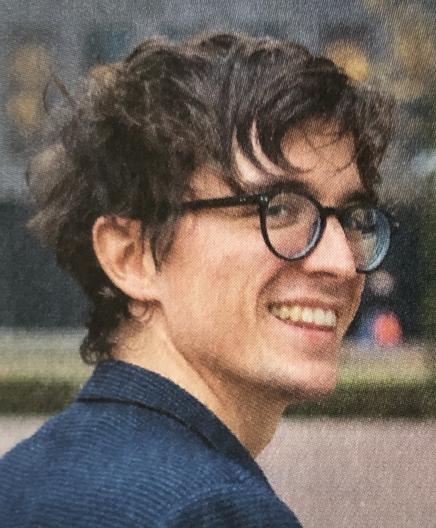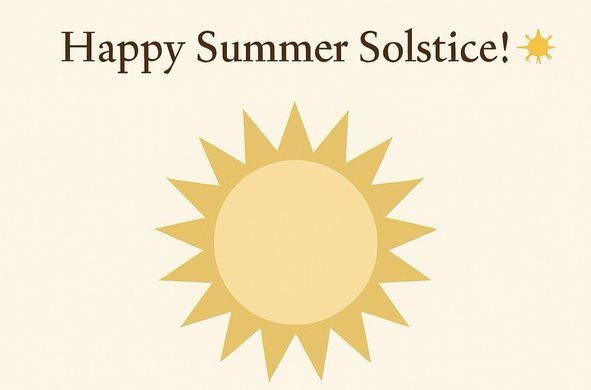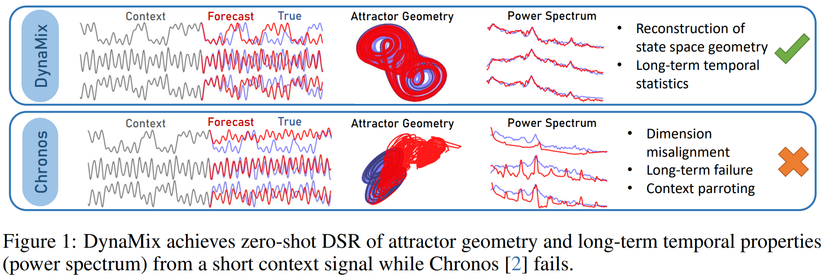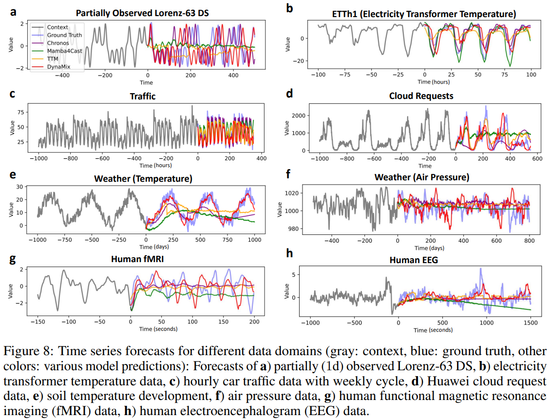"Romeo is quite the emotional type. Let R(t) denote his feelings at time point t."
What did I just read?? This blog is crazy

Love affairs and linear differential equations
Differential equations are a powerful tool for modeling how systems change over time, but they can be a little hard to get into. Love, on the other hand, is humanity’s perennial topic; some even claim it is all you need. In this blog post — inspired by Strogatz (1988, 2015) — I will introduce linear differential equations as a means to study the types of love affairs two people might find themselves in. Do opposites attract? What happens to a relationship if lovers are out of touch with their own feelings? We will answer these and other questions using two coupled linear differential equations. On our journey, we will use graphical as well as mathematical methods to classify the types of relationships this modeling framework can accommodate. In a follow-up blog post, we will also play around with non-linear terms and add a third wheel to the mix, which can lead to chaos — in the technical sense of the term, of course. Excited? Then let’s get started! Introducing Romeo A lovestruck Romeo sang the streets of serenade Laying everybody low with a love song that he made Finds a streetlight, steps out of the shade Says something like, "You and me, babe, how about it?" Romeo is quite the emotional type. Let $R(t)$ denote his feelings at time point $t$. Following common practice, we will usually write $R$ instead of $R(t)$, making the time dependence implicit. The process which describes how Romeo’s feelings change is rather simple: it depends only on Romeo’s current feelings. We write: [\frac{\mathrm{d}R}{\mathrm{d}t} = aR \enspace ,] which is a linear differential equation. Note that this implicitly encodes how Romeo’s feelings change over time, since when we know $R$ at time point $t$, we can compute the direction and speed with which $R$ will change — the derivative denotes velocity. Our goal, however, is to find an explicit, closed-form expression for Romeo’s feelings at time point $t$. In this particular case, we can do this analytically: [\begin{aligned} \frac{\mathrm{d}R}{\mathrm{d}t} &= aR \[.5em] \frac{1}{aR}\mathrm{d}R &= \mathrm{dt} \[.5em] \frac{1}{a}\int \frac{1}{R}\mathrm{d}R &= \int \mathrm{dt} \[.5em] \frac{1}{a} \left[\text{log} \, R + C \right] &= t \[.5em] \text{log} \, R &= a t - C \[.5em] R &= e^{at - C} \enspace . \end{aligned}] A differential equation describes how something changes; to kickstart the process, we need an initial condition $R_0$. This allows us to find the constant of integration $C$. In particular, assume that $R = R_0$ at $t = 0$, which leads to: [\begin{aligned} R_0 &= e^{-C} \[.5em] \text{log} \, R_0 &= -C \enspace , \end{aligned}] such that: [\begin{aligned} R &= e^{at + \text{log} \, R_0} \[.5em] R &= R_0 e^{at} \enspace . \end{aligned}] The left two panels of the figure below visualize how Romeo’s feelings change over time for $a > 0$ with initial condition $R_0 = 1$ (top) or $R_0 = -1$ (bottom). The right two panels show how his feelings change for $a < 0$ with $R_0 = 100$ (top) or $R_0 = -100$ (bottom). We conclude: Romeo is a simple guy, albeit with an emotion regulation problem. When the object of his affection is such that $a > 0$, his feelings will either grow exponentially towards mad love if he starts out with a positive first impression ($R_0 > 0$), or grow exponentially towards mad hatred if he starts out with a negative first impression ($R_0 < 0$). On the other hand, if $a < 0$, then regardless of his initial feelings, they will decay exponentially towards indifference. For $R_0 = 0$, Romeo’s feelings never change. For any other initial condition, we have uhindered, exponential growth when $a > 0$; it never stops. For any other initial condition and $a < 0$, we crash down to zero very rapidly. Thus $R = 0$ is a fixed point in both cases, which is stable for $a < 0$ but becomes unstable if $a > 0$. We can visualize this in phase space on a line. The phase space is filled with all possible trajectories because each point can serve as the initial condition. In the next section, a wonderful new episode in Romeo’s life begins: he meets Juliet. Introducing Juliet Juliet says, "Hey, it's Romeo, you nearly gave me a heart attack" He's underneath the window, she's singing, "Hey, la, my boyfriend's back You shouldn't come around here singing up at people like that Anyway, what you gonna do about it?" Life becomes more complicated for Romeo now that Juliet is in his life. It is their first real relationship, and they have much to learn. We start simple. Let $J$ denote Juliet’s feelings for Romeo, and let $R$ denote Romeo’s feelings for Juliet. We can extend our single linear differential equation from above to a system of two linear differential equations: [\begin{aligned} \frac{\mathrm{d}R}{\mathrm{d}t} &= aR\[.5em] \frac{\mathrm{d}J}{\mathrm{d}t} &= dJ \enspace . \end{aligned}] Using the results from above, the solutions to the two differential equations are: [\begin{aligned} R(t) &= R_0 e^{at} \[.5em] J(t) &= J_0 e^{dt} \enspace , \end{aligned}] where $R(t)$ and $J(t)$ give the trajectories of love for Romeo and Juliet, respectively, and $J_0$ is Juliet’s initial feeling towards Romeo at $t = 0$. In contrast to the one-dimensional phase diagram from above, we now have a two-dimensional picture which is known as a vector field.







